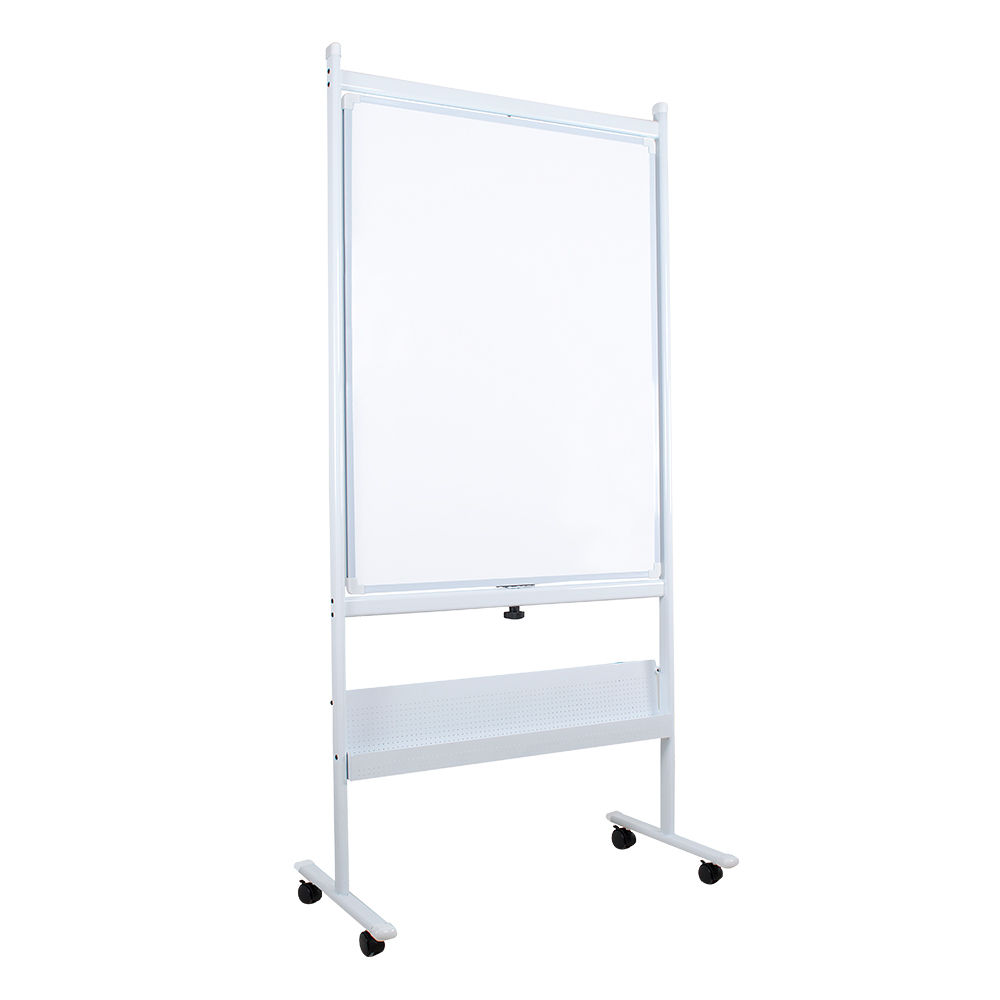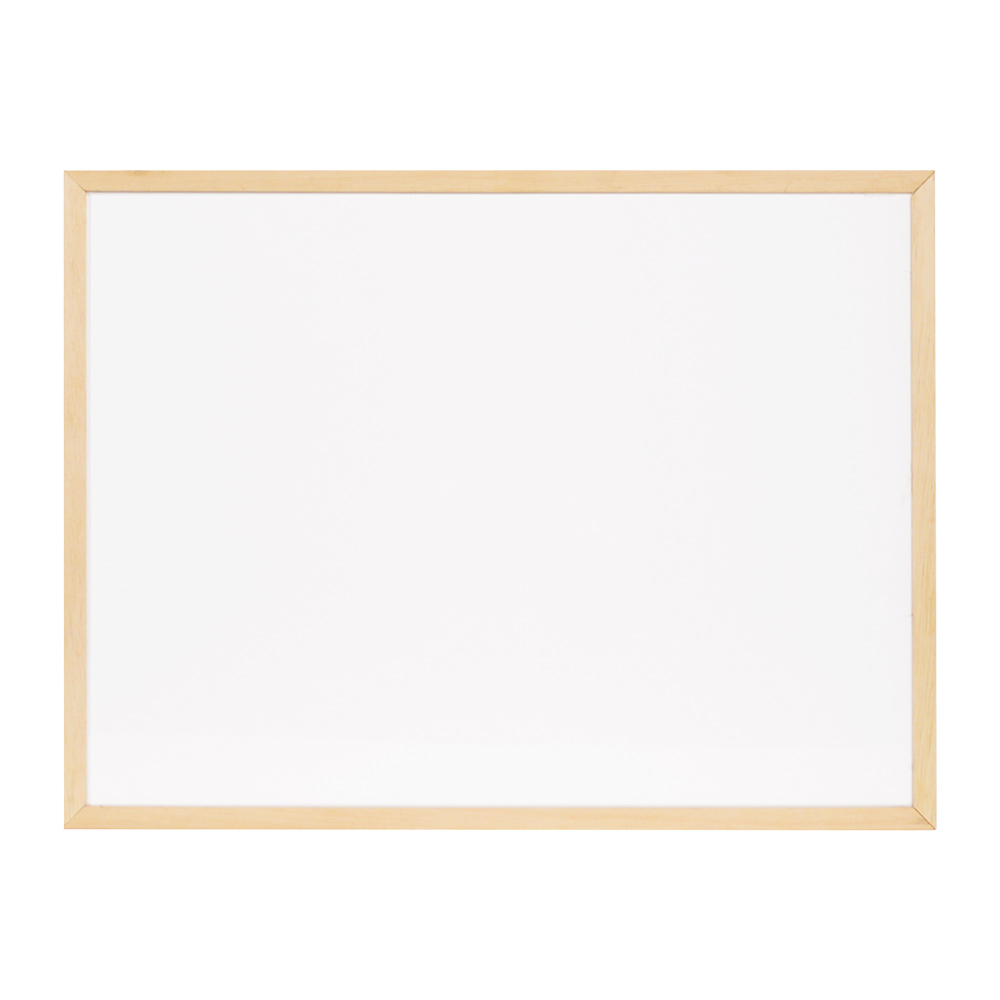1. Size and Available Space
Begin by accurately measuring the wall space or floor area where the whiteboard will reside. Consider the typical audience size and their viewing distance; larger rooms often require larger boards for visibility. Think about the room's layout and any potential obstructions.
Also, factor in future flexibility. Will your needs change? A mobile whiteboard might offer versatility if your space is dynamic, whereas a fixed, expansive board suits dedicated conference rooms or classrooms.
Space Planning Viewing Distance
2. Surface Material Matters
The whiteboard's surface is its most crucial component, directly influencing durability, writing experience, and ease of cleaning. Melamine boards are economical, suitable for light, infrequent use, but prone to ghosting over time. Porcelain (Enamel-on-Steel) offers superior durability, scratch resistance, and excellent ghosting resistance, making it ideal for heavy daily use and magnetic applications.
Glass whiteboards provide a modern aesthetic, exceptional durability, and are incredibly easy to clean due to their non-porous surface. They resist ghosting completely and can be magnetic with a steel backing. Each material presents a different balance of cost, longevity, and performance.
Melamine Porcelain Glass
3. Mounting and Portability
Decide whether you need a stationary or mobile solution. Wall-mounted whiteboards are permanent fixtures that save floor space and come in various sizes and mounting systems. They are perfect for dedicated spaces.
Mobile or rolling whiteboards offer flexibility, allowing them to be shared between multiple rooms or reconfigured easily within a space. Consider the stability and quality of the stand for mobile units, especially if they will be moved frequently.
Wall-Mounted Mobile
4. Durability and Usage Frequency
How often will your whiteboard be used? An occasional brainstorming session demands less durability than a daily classroom tool. High-traffic environments benefit immensely from more robust materials like porcelain or glass, which withstand frequent writing, erasing, and cleaning without showing wear.
Investing in a highly durable surface upfront can prevent costly replacements and frustrating ghosting issues down the line. Assess the intensity of expected use to match it with an appropriate material grade.
Heavy Use Light Use
5. Special Features and Functionality
Consider any specific functionalities that could enhance your whiteboard experience. A magnetic surface is invaluable for attaching documents, charts, or visual aids, transforming the board into a dynamic display.
Some whiteboards come with grid lines or calendar layouts, perfect for project planning, scheduling, or drawing consistent diagrams. If you plan to use a projector, look for low-gloss surfaces designed to minimize glare and improve image clarity.
Magnetic Grid Lines Projection Friendly
6. Budget Considerations
Whiteboards vary widely in price based on size, material, and features. While melamine boards are the most budget-friendly, they offer the least durability. Porcelain and glass options represent a higher initial investment but provide superior longevity and performance, often saving money in the long run.
Remember to factor in the cost of essential accessories like markers, erasers, and cleaning solutions. Balancing your desired features with your financial constraints will lead to a wise and sustainable purchase.
Cost-Effectiveness Long-Term Value


